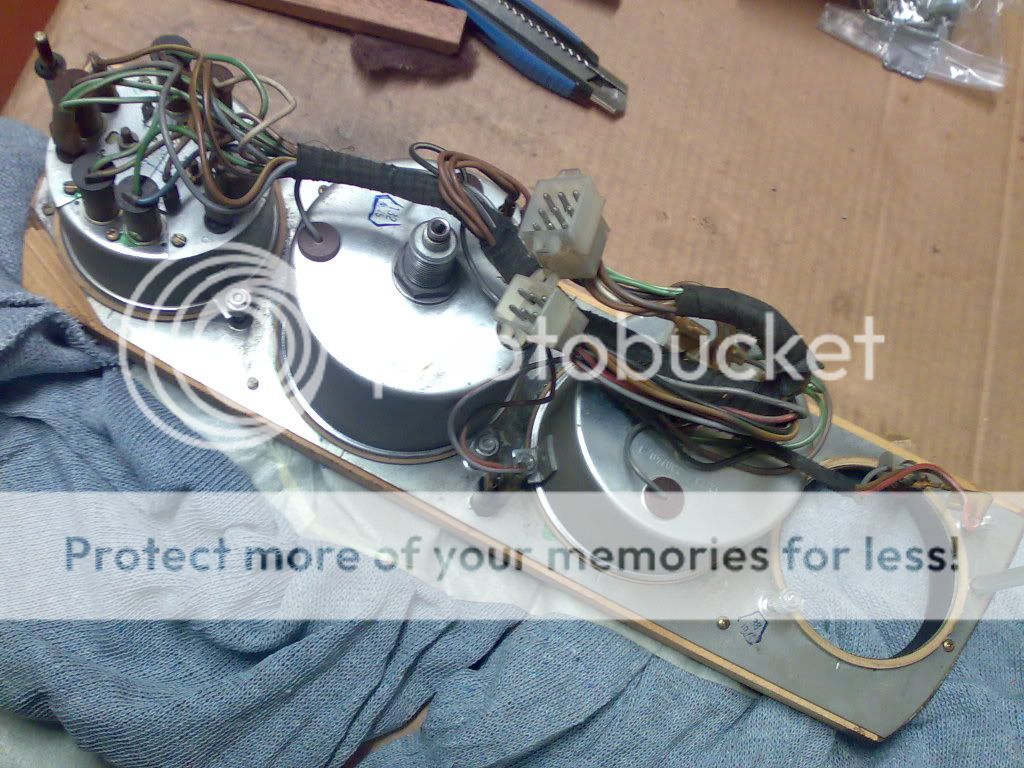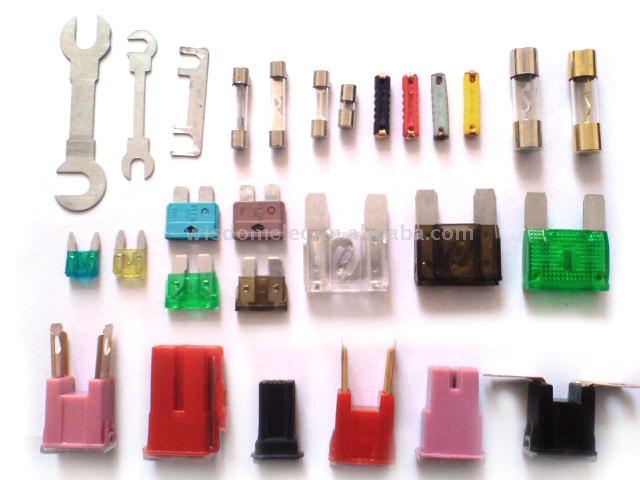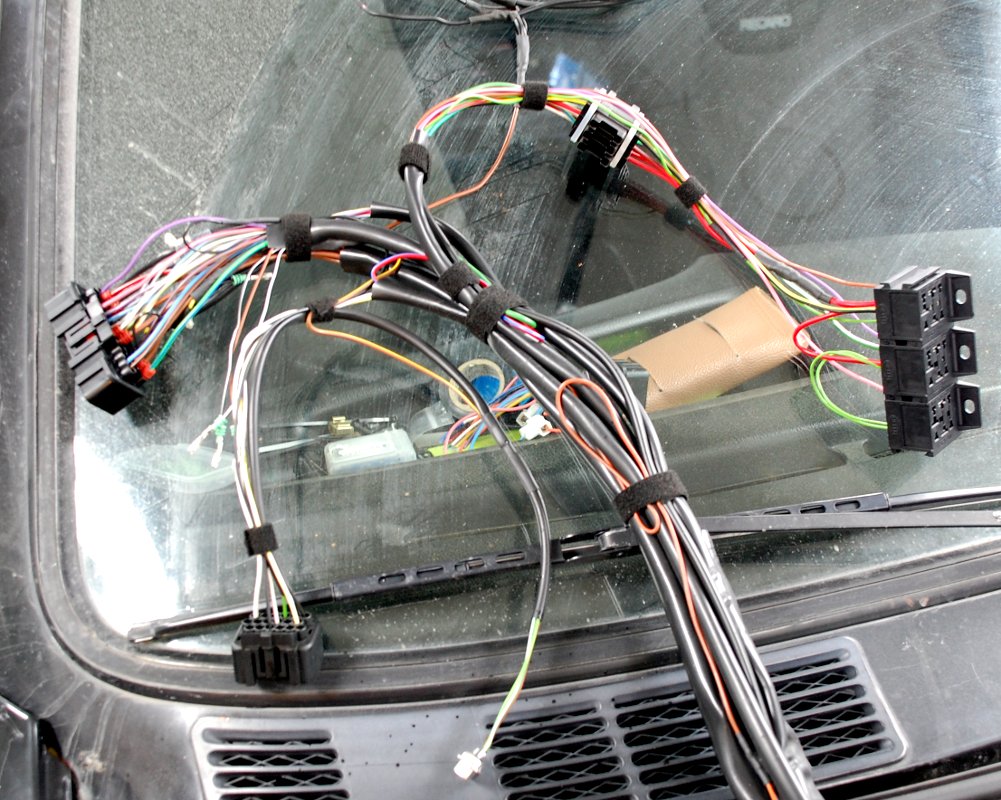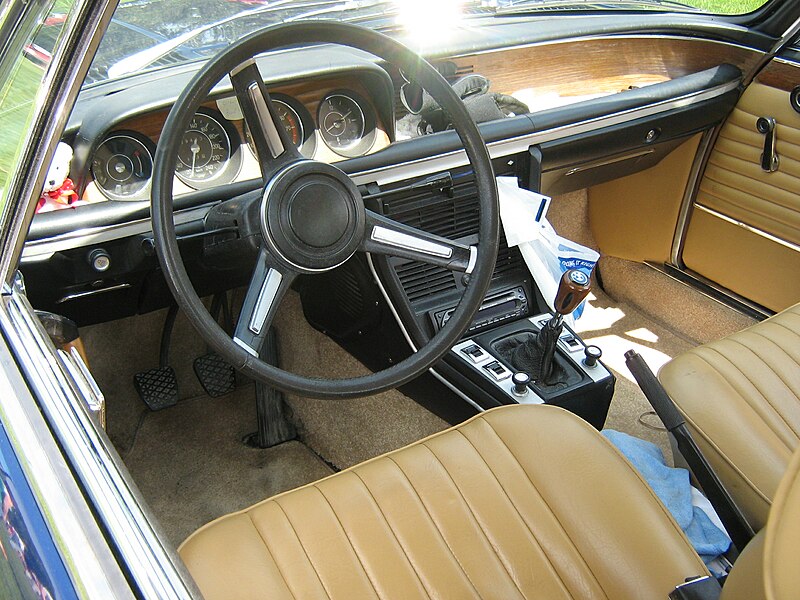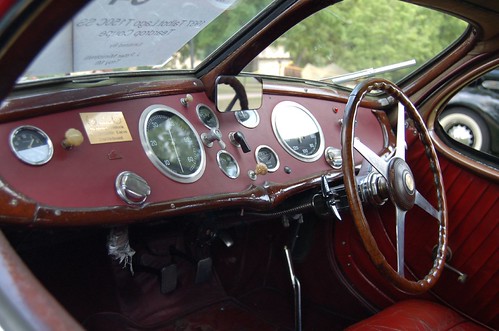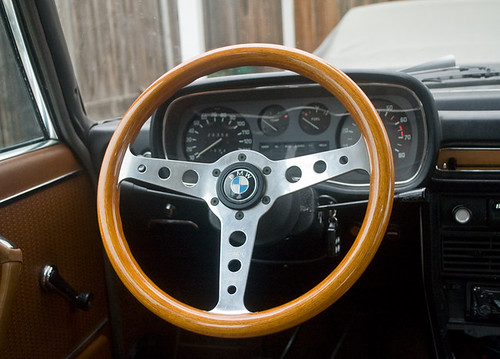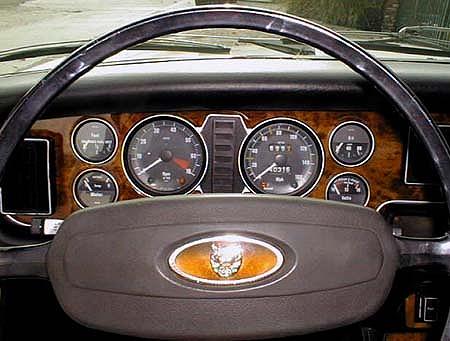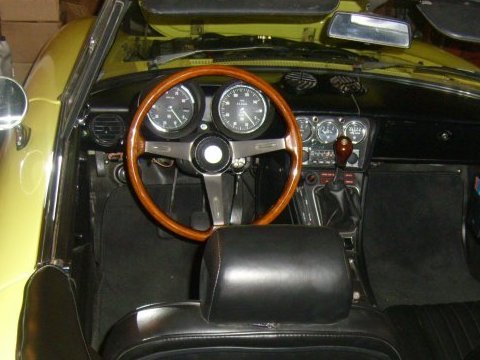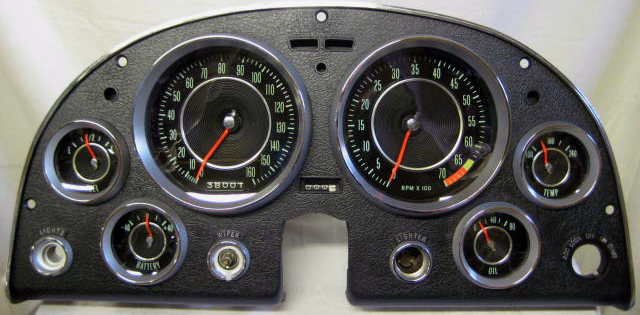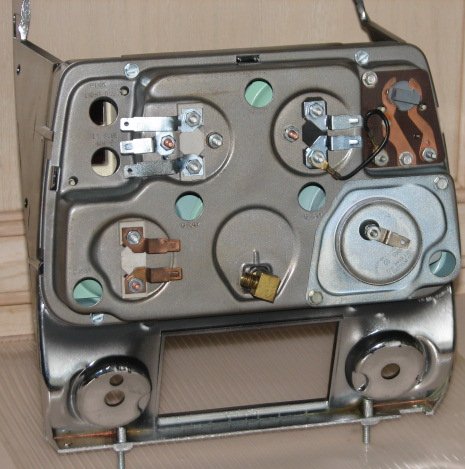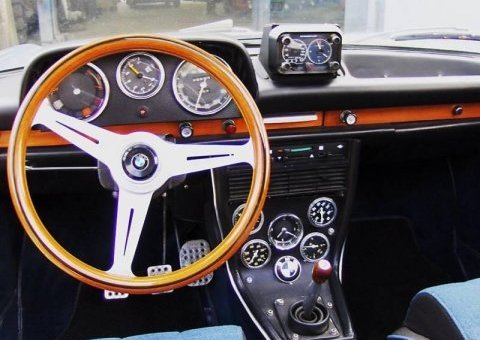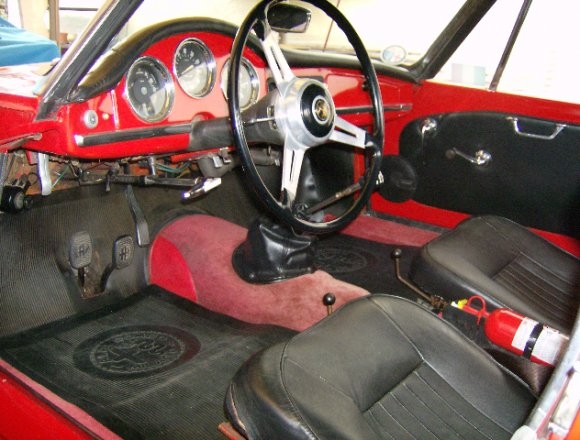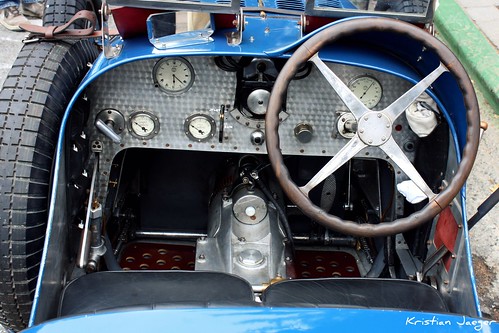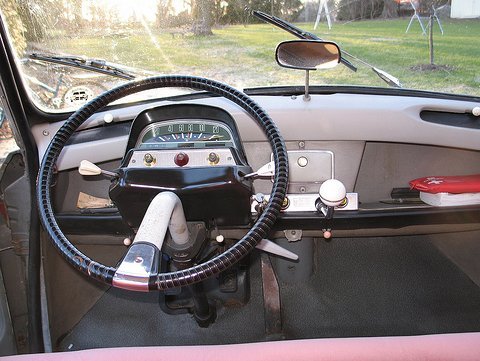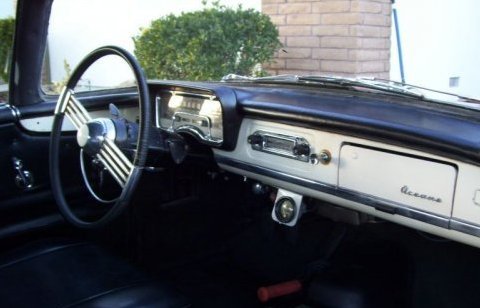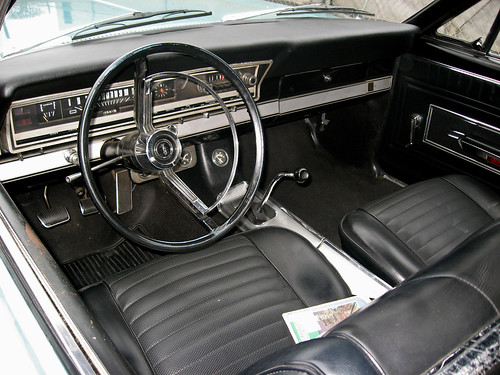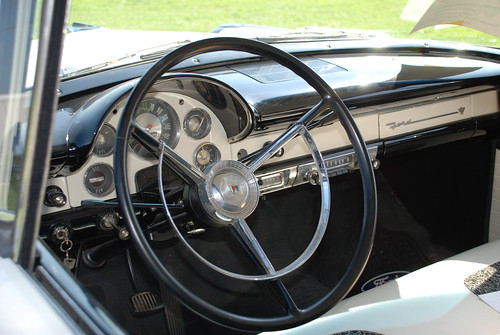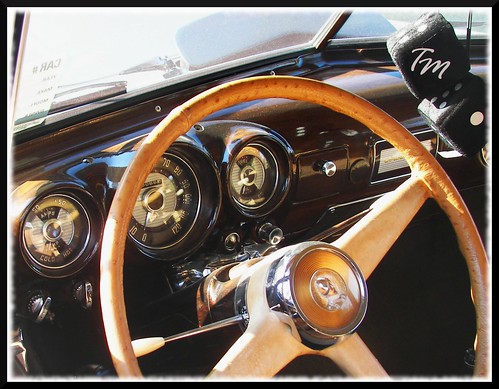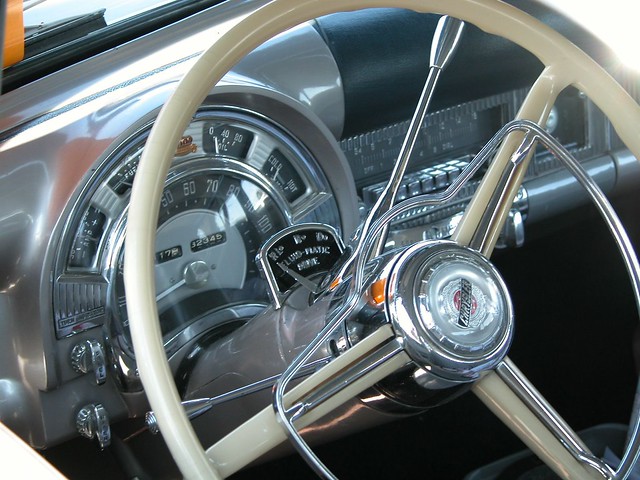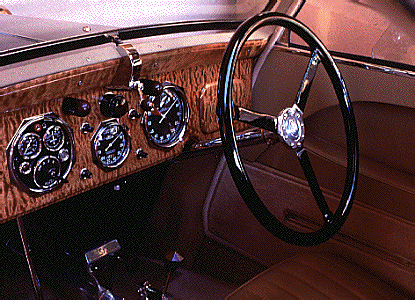hi, i am renewing the instrument panel and i have a couple of questions:
1- what is this small metallic plate for ? is it a mechanic fixing ? or an electric connection to ground ?
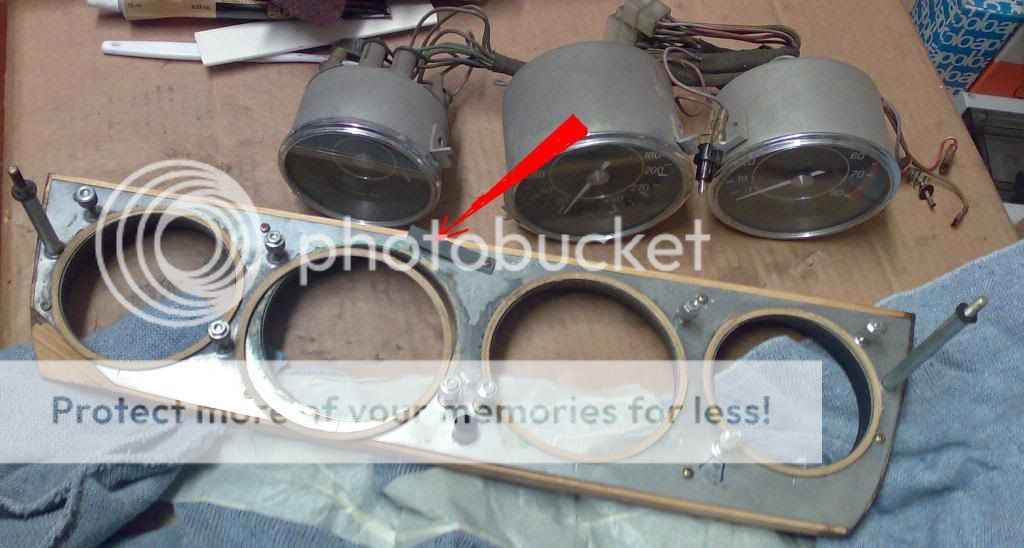
2- you can see in the next pic the bottom of the speedo clock, can you tell me if this model is appropriate for a 4-speed 1971 e9 3.0 CS ?
i start this question because my actual speedo is giving me wrong reading of the car velocity, so i want to know if this new speedo (i have no history of the donnor car) will be a good replacement or if i will meet the same problem
specially the W=0,7125 is that the correct ratio ?
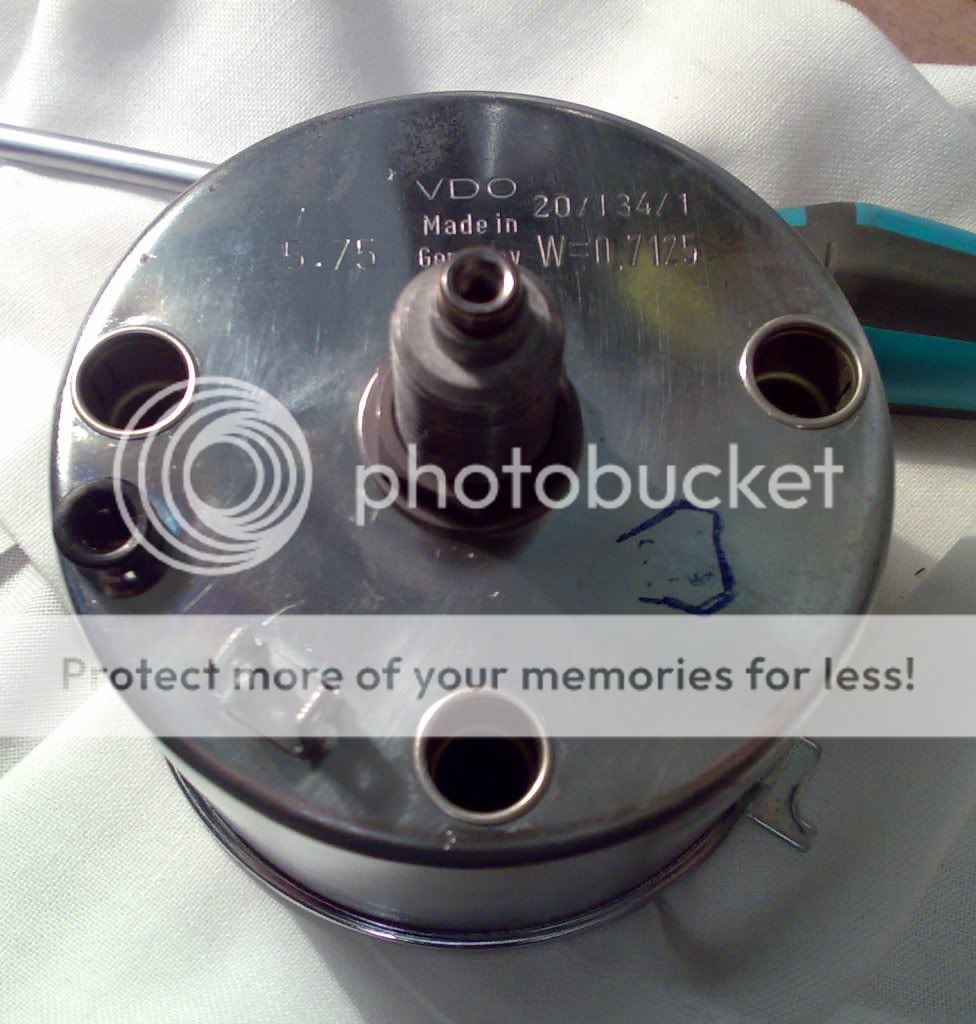
3- i have painted the metallic base plate, to avoid future corrosion, (the original status is a galvanized finish that has dissaperared in the edges (as is a common case when you cut or drill galvanized steel))
but i am wondering if this is not correct because i might be isolating some electric conexion to ground. really i don´t think so because each clock has a dedicated ground conexion, but just by the case i make the question
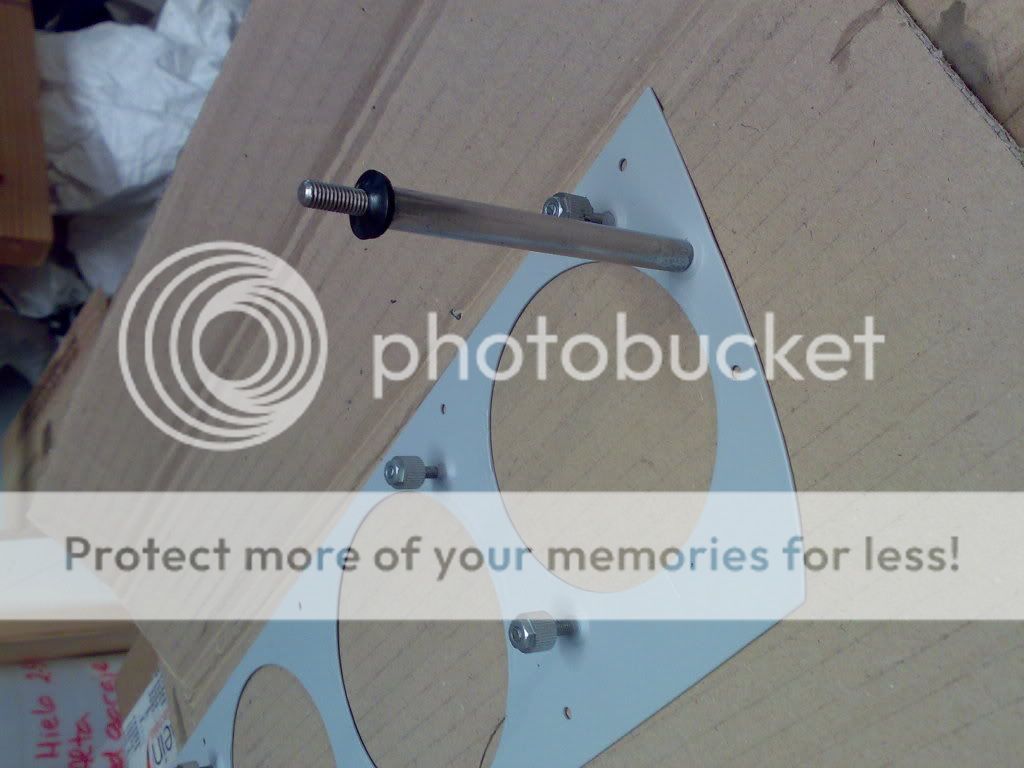
i will appreciate all your kind answers
best regards
1- what is this small metallic plate for ? is it a mechanic fixing ? or an electric connection to ground ?

2- you can see in the next pic the bottom of the speedo clock, can you tell me if this model is appropriate for a 4-speed 1971 e9 3.0 CS ?
i start this question because my actual speedo is giving me wrong reading of the car velocity, so i want to know if this new speedo (i have no history of the donnor car) will be a good replacement or if i will meet the same problem
specially the W=0,7125 is that the correct ratio ?

3- i have painted the metallic base plate, to avoid future corrosion, (the original status is a galvanized finish that has dissaperared in the edges (as is a common case when you cut or drill galvanized steel))
but i am wondering if this is not correct because i might be isolating some electric conexion to ground. really i don´t think so because each clock has a dedicated ground conexion, but just by the case i make the question

i will appreciate all your kind answers
best regards


